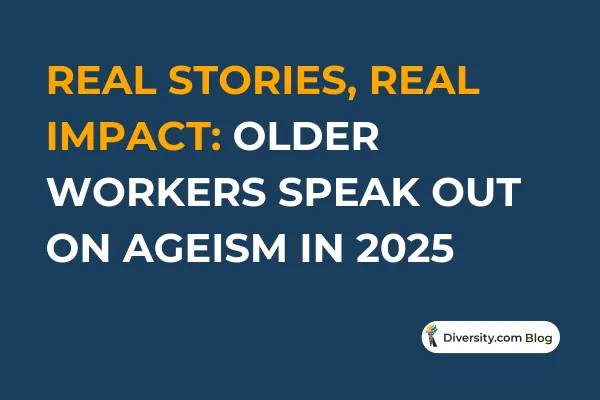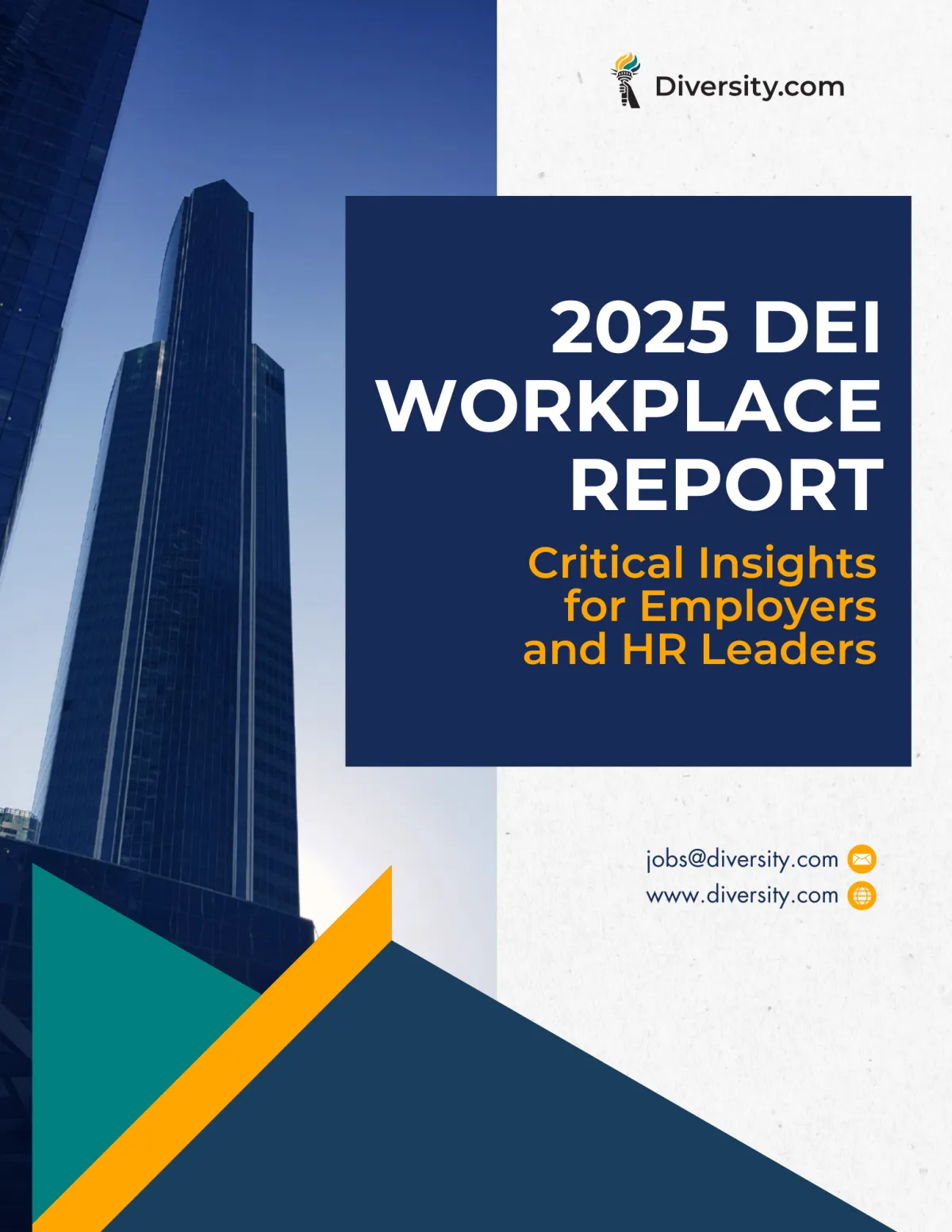
Real Stories, Real Impact: Older Workers Speak Out on Ageism in 2025
Behind every headline about new laws or workplace trends are the real people living through them.
In 2025, ageism is no longer an invisible bias—older workers are sharing their stories and challenging outdated assumptions about what experience looks like.
These are the voices changing the conversation, and they remind us that age discrimination isn’t just a policy issue. It’s a human one.
A Sales Engineer Faces “More Energy” Bias
In a June 2025 Washington Post advice column, a 60-something sales engineer described how, after years of driving sales and building client trust, her career hit an unexpected barrier.
When she took time to care for her husband with dementia, her manager hinted that it might be time to “bring in someone with more energy.”
Despite a strong performance record, she was offered a buyout—leaving her to wonder whether her age, caregiver status, or both had suddenly become liabilities (The Washington Post, 2025).
This story echoes a common reality: even high-achieving professionals may face subtle or overt pressure to step aside, regardless of their expertise.
Midlife Women and the “Menopause Penalty”
In India, a 48-year-old woman featured in a May 2025 article in The Guardian described her stalled career and shrinking job prospects.
She attributes this not just to her age, but to what she calls the “menopause penalty”—a form of discrimination affecting midlife women who are often overlooked for promotions or let go in their late 40s or 50s (The Guardian, 2025).
Her story is one of thousands, showing how ageism often intersects with gender and health, amplifying the challenges women face at work.
AARP: The Cost of Silence
AARP highlights that these stories are not isolated incidents: age discrimination costs the U.S. economy up to $850 billion a year in lost productivity, turnover, and missed opportunities (AARP, 2025).
When older workers are pushed out or ignored, companies lose not just people—but wisdom, mentorship, and institutional memory.
The Courage to Speak Up
What’s different in 2025? More workers are refusing to be silent.
Online forums, professional networks, and workplace advocacy groups are amplifying stories like those of the sales engineer and midlife women.
Older employees are sharing tips, supporting each other through career transitions, and even pursuing legal action when necessary.
Why These Stories Matter
For Employers: Every story is a signal—age bias, even unintentional, can erode trust, engagement, and retention.
For Job Seekers: These voices offer solidarity and practical advice: know your rights, find your allies, and don’t be afraid to seek new opportunities.
For Everyone: Listening to real experiences is the first step toward real change.
How to Build a Better Future
Encourage storytelling and open dialogue within your organization.
Train managers to recognize and challenge ageist assumptions in hiring, reviews, and everyday interactions.
Provide support for caregivers and midlife professionals, including flexible schedules and advancement opportunities.
Conclusion
Ageism is not an abstract concept—it’s a daily reality for millions.
But every story shared makes the invisible visible, and every conversation is a chance to do better.
If your organization wants to lead, it starts by listening.
How Diversity.com Supports Inclusion and Safe Workplaces
At Diversity.com, we know true inclusion is more urgent than ever. Outdated systems and new legislation should never stand in the way of opportunity or safety.
We are committed to helping job seekers and employers connect in a space built on authenticity, respect, and real DEI leadership.
As the leading DEI job board, we provide the tools and resources you need to navigate today’s challenges and build a future where everyone belongs.
For Employers & HR Leaders:
✔ Post Inclusive Job Listings — Reach a diverse, talented pool of candidates and show your commitment to workplace equality—even in challenging times.
✔ Access Up-to-Date DEI Resources — Get the latest guidance on responding to new state laws, updating your policies, and supporting all employees with confidence.
✔ Build a Resilient Community — Connect with other professionals facing similar challenges, share strategies, and lead the way on real inclusion.
For Job Seekers:
✔ Find Safe and Inclusive Employers — Explore organizations actively supporting inclusion, even as laws and climates shift.
✔ Strengthen Your Profile — Showcase your experiences and find employers who value diversity, equity, and your authentic self.
✔ Stay Informed & Empowered — Access timely articles and resources about your rights, workplace safety, and strategies for thriving—no matter where you work.
We believe every job search and every hire can help create safer, more inclusive workplaces.
Ready to take action? Start building with Diversity.com.
If you have any questions or need assistance, feel free to Contact Us Here. Our dedicated support team is ready to help!
Related Articles
Debunking the Myth: DEI Doesn’t Mean Lowering Hiring Standards
Building Age-Inclusive Workplaces: Best Practices for 2025 and Beyond
What Employers Need to Know About the Protecting Older Workers Against Discrimination Act (POWADA)
Ageism in the Workplace: Key Lessons from 2025’s New Developments
Supporting Employee Mental Health During PTSD Awareness Month: Building a Trauma-Informed Workplace
Sources & References
AARP. (2025). Fighting age discrimination in the workforce. https://www.aarp.org/politics-society/advocacy/info-2025/fighting-age-discrimination-in-workforce.html
The Guardian. (2025). Women, inequality and the “menopause penalty” in India’s workplaces. https://www.theguardian.com/global-development/2025/may/07/women-inequality-menopause-perimenopause-ageing-india-career-workplace-employers
The Washington Post. (2025). Work advice: Age bias and caregiving discrimination. https://www.washingtonpost.com/business/2025/06/02/work-advice-age-bias/

